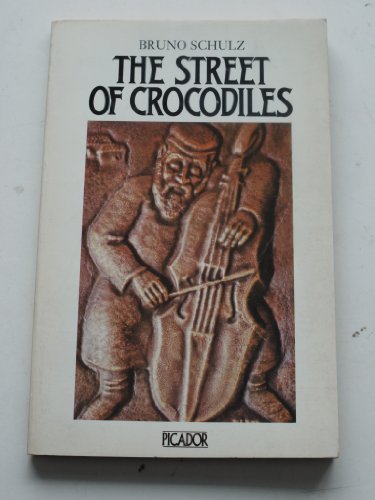

Capable of transforming a market square into a labyrinthine street of wholly metaphorical crocodiles, his painterly prose combines the eerie geometry of Giorgio de Chirico and the differently dreamlike work of Marc Chagall. They are not so much (like Kafka's "The Metamorphosis") about transformation as they are themselves in transformation in the audacity and brilliance of Schulz's disjunctive plots and riotously excessive language. Although Schulz's stories are just as "polysemantic, unfathomable, not exhausted by interpretation" as Kafka's existential parables (as Schulz himself described them in the afterword to his Polish translation of The Trial), they are far more elliptical and wildly disassociative, less logical in their absurdity, and more fabulous. It was also a city transformed by the genius of a writer often and favorably compared to Franz Kafka. Schulz's father, an assimilated Jew, owned a thriving textile shop in the Market Square section of a city that the discovery of oil had transformed into a modern if still provincial metropolis.


Like all of Schulz's stories, "The Street of Crocodiles" is narrated in the first person (by a character elsewhere identified as Joseph) and is based on the author's life, particularly his childhood, in Drohobycz in what was then southeastern Poland and is now part of Russia. "The Street of Crocodiles" ("Ulica Krokodyli") is the title piece of the American edition of the first of two collections of short fiction, Cinnamon Shops ( Sklepy Cynamanowe 1934) by Bruno Schulz. THE STREET OF CROCODILES (Ulica Krokodyli)


 0 kommentar(er)
0 kommentar(er)
